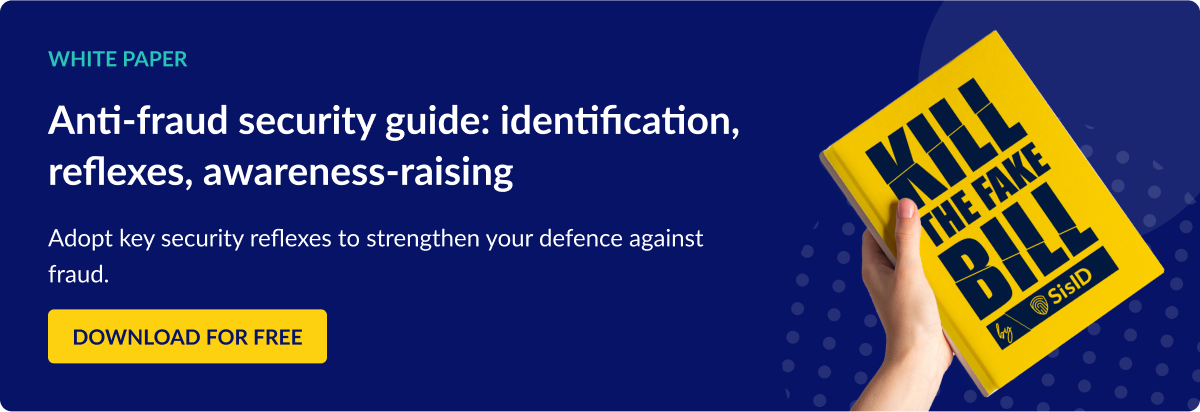What is financial fraud: how to identify and prevent it?
Financial fraud is a threat growing more and more for organizations. They have to be aware of the many types of financial fraud existing to identify them and counter them before any loss is declared.
The main types of financial fraud
Both individuals and organizations must be aware of the different types of financial fraud. Understanding the different techniques fraudsters can use to have their way is essential to prevent the organization and safeguard its financial assets, maintain trust, and ensure regulatory compliance.
Here are the main types of fraud :

How to detect and prevent financial Crimes and Identity Theft?
It is imperative for finance professionals to stay updated on the most prevalent fraud methods, particularly those involving money and identity crimes. Being able to identify and understand the risks is crucial for implementing strategies that safeguard the organization against scams and theft. Here are some targeted actions to prevent the risk of financial crimes and identity theft:
By incorporating these measures into your daily tasks, you not only protect against financial crimes and identity theft but also contribute to a secure office environment. Remember, staying vigilant and implementing preventive measures is crucial in the ever-evolving landscape of financial scams and thefts
How to react to financial fraud?
Financial fraud is a pervasive threat, but a swift and strategic response can mitigate its impact. In the unfortunate event that you or your client becomes a victim of financial crimes, it’s imperative to take immediate action.
Here’s a comprehensive list of actions to consider:
Reacting to financial crime requires a multi-faceted approach, involving collaboration with law enforcement, engagement with legal experts, and proactive measures to safeguard against future incidents. By taking these actions, you contribute not only to your own protection but also to the broader efforts in combating financial fraud.




